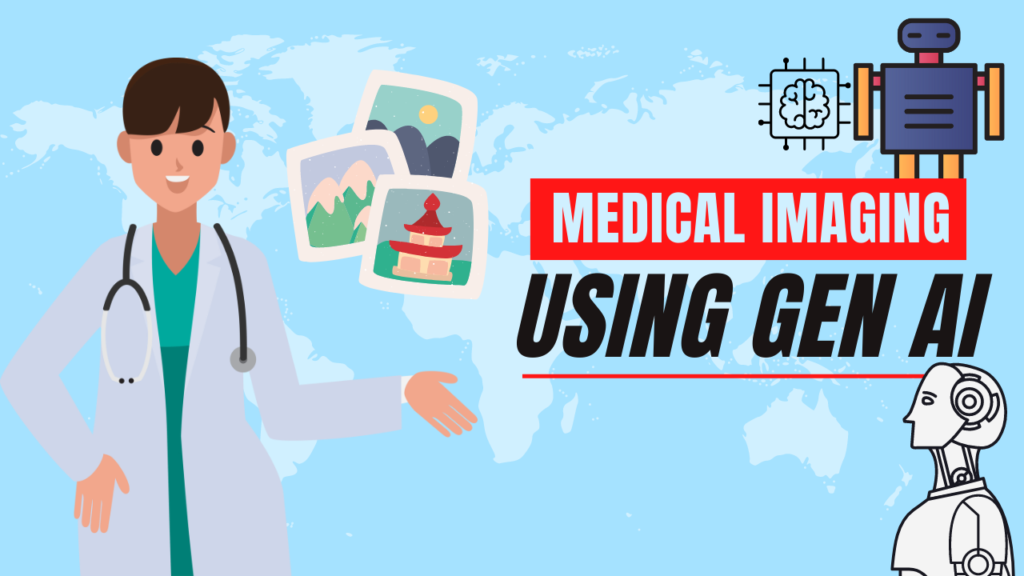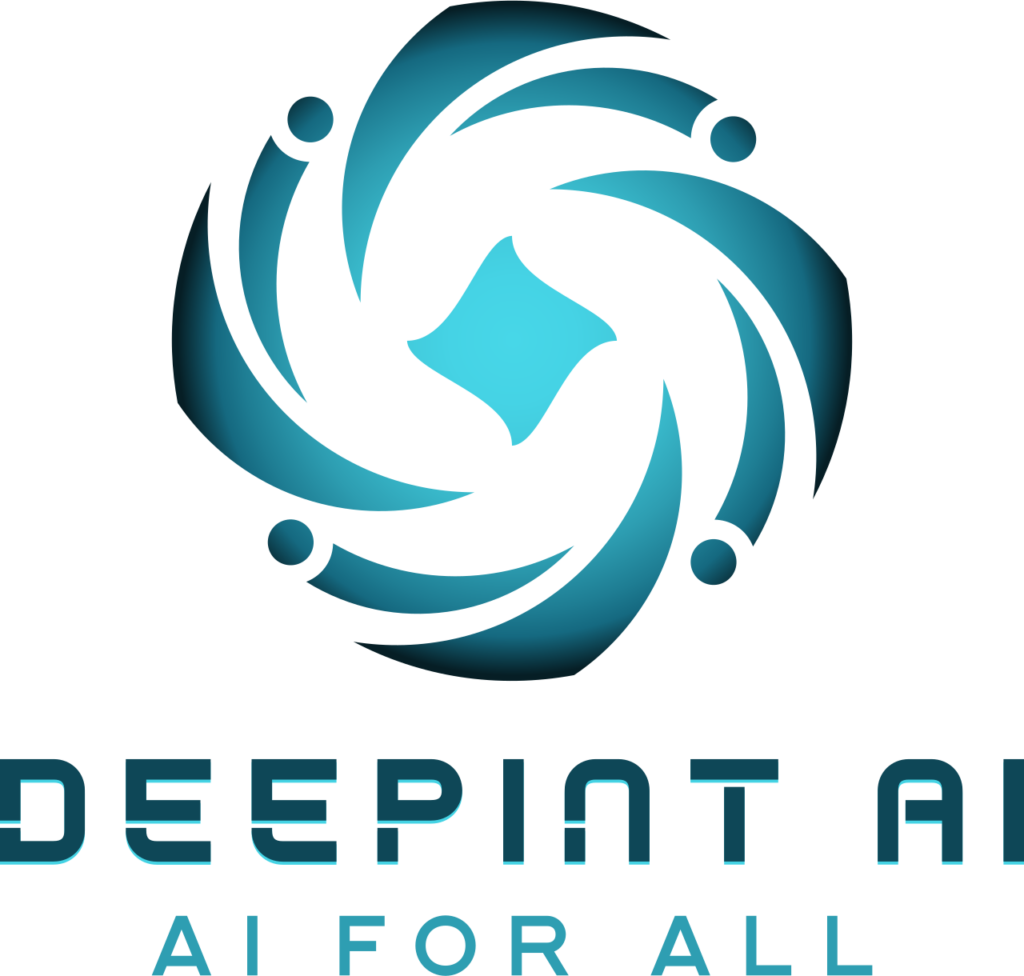The Radiology Renaissance: How Generative AI is Revolutionizing Medical Imaging

In the realm of healthcare, a radiology renaissance is underway, driven by the transformative impact of Generative AI on medical imaging. This article delves into the seismic shift brought about by AI in radiology, wherein complex medical images are decoded and enhanced with unprecedented precision. From improving accuracy in diagnosis to expediting treatment decisions, Generative AI empowers radiologists to unravel subtle anomalies that evade the human eye. We explore how AI’s ability to discern patterns and predict outcomes not only redefines medical diagnostics but also holds the potential to revolutionize personalized patient care.
From Pixels to Predictions: Unveiling the Power of Generative AI in Medical Diagnostics
The journey from pixels to predictions marks a pivotal paradigm shift in medical diagnostics, courtesy of Generative AI’s prowess. This article unveils how AI transcends traditional imaging to predict medical outcomes with remarkable accuracy. By analyzing vast datasets and training on diverse medical images, AI becomes a predictive ally, enabling early disease detection and risk assessment. We delve into how AI’s ability to identify patterns unearths subtle signs that often elude human scrutiny. From identifying potential cardiac risks to predicting tumor growth, we explore how Generative AI’s predictive insights transform the landscape of medical diagnostics.
Seeing Beyond the Surface: The Role of Generative AI in Enhancing Image Clarity
Generative AI is donning the role of an image magician, peering beyond the surface to enhance image clarity in medical diagnostics. This article delves into how AI-driven algorithms deconstruct and reconstruct medical images, unveiling intricate details that escape the naked eye. By refining contrast, sharpening edges, and reducing noise, AI elevates the quality of medical images, allowing clinicians to make more informed decisions. We explore how AI’s ability to enhance image clarity leads to accurate interpretation and minimizes misdiagnosis. From X-rays to MRIs, we unveil how Generative AI’s clarity-enhancing magic empowers medical professionals with unparalleled insights.
Precision Medicine Unleashed: How AI-Generated Medical Images Transform Patient Care
Precision medicine takes a quantum leap forward with the advent of AI-generated medical images that redefine patient care. This article delves into how AI’s ability to create precise medical images tailored to individual patients revolutionizes treatment strategies. By simulating scenarios, predicting outcomes, and personalizing interventions, AI enables clinicians to formulate treatment plans with unparalleled precision. We explore how AI’s contribution to customized medical imaging fuels the era of patient-centric care. From selecting optimal surgical approaches to predicting treatment responses, we unveil how AI’s role in precision medicine unleashes a new horizon of healthcare possibilities.
Beyond Enhancement: Exploring AI’s Contribution to Early Disease Detection in Imaging
AI’s impact in medical imaging extends beyond mere enhancement, delving into early disease detection with transformative implications. This article explores how AI algorithms scour medical images for subtle signs, serving as vigilant sentinels that detect diseases at their nascent stages. By analyzing patterns, anomalies, and deviations, AI alerts clinicians to potential concerns, facilitating timely intervention. We delve into how AI’s ability to flag early indicators revolutionizes the landscape of preventive healthcare. From identifying microcalcifications in mammograms to spotting tiny lesions in brain scans, we unveil how AI’s role in early disease detection empowers clinicians with the foresight to halt diseases in their tracks.
Virtual Histopathology: The Future of Tissue Analysis with Generative AI
Histopathology leaps into the digital age with the promise of virtual analysis, empowered by Generative AI. This article dives into the convergence of AI and histopathology, where AI algorithms analyze tissue samples virtually, streamlining diagnostic processes. By enhancing speed and accuracy, AI assists pathologists in identifying abnormalities and making crucial decisions. We explore how AI’s role in virtual histopathology augments collaboration among experts and offers a comprehensive perspective on tissue pathology. From cancer diagnosis to uncovering cellular intricacies, we unveil how AI’s contribution to virtual histopathology is revolutionizing the field of medical analysis.
Breaking Barriers: Overcoming Limitations in Medical Imaging with AI Synthesis
Generative AI takes on the role of a barrier-breaker in medical imaging, transcending limitations that hinder accurate diagnostics. This article delves into how AI synthesis generates missing data points, filling in gaps to create comprehensive medical images. By overcoming challenges posed by limited imaging angles or incomplete scans, AI ensures a more holistic view for clinicians. We explore how AI’s ability to synthesize missing information aids in more accurate assessments and informed decision-making. From reconstructing 3D structures to enhancing visibility in obscured areas, we unveil how AI’s barrier-breaking potential transforms medical imaging.
Navigating Complexity: How Generative AI Simplifies 3D Medical Image Reconstruction
Navigating the intricate realm of 3D medical image reconstruction finds a reliable ally in Generative AI. This article examines how AI navigates complexity by reconstructing 3D medical images from various sources, fostering a comprehensive understanding for medical professionals. By piecing together fragmented data and rendering detailed 3D visualizations, AI simplifies intricate anatomical representations. We explore how AI’s role in 3D reconstruction empowers surgeons, educators, and researchers with enhanced insights. From surgical planning to anatomical education, we unveil how AI simplifies complexity and reshapes the visualization landscape in medicine.
Enhanced Insights: Utilizing AI-Enhanced Imaging for Surgical Planning and Intervention
Surgical precision receives an augmented boost with AI-enhanced imaging, transforming the landscape of surgical planning and intervention. This article delves into how AI enhances medical images, enabling surgeons to navigate with unprecedented clarity and precision. By offering insights into optimal incision points, organ positioning, and potential complications, AI guides surgeons toward safer and more successful procedures. We explore how AI’s role in surgical planning minimizes risks and maximizes outcomes, revolutionizing patient care. From intricate neurosurgery to delicate cardiac interventions, we unveil how AI-enhanced imaging empowers surgical teams with enhanced insights that reshape medical practices.
Ethical Implications and AI-Generated Medical Imagery: Balancing Innovation and Caution
The integration of AI-generated medical imagery triggers a profound ethical discourse, prompting a delicate balance between innovation and caution. This article delves into the ethical considerations arising from AI’s role in medical imaging. We explore questions of data privacy, patient consent, and the potential for AI-generated imagery to influence clinical decisions. From maintaining patient trust to preserving the sanctity of medical practices, we unravel the complex tapestry of ethical implications. By addressing these concerns, the medical community navigates the path of AI integration responsibly, ensuring that innovation aligns with ethical imperatives.
Conclusion: Transforming Healthcare with Generative AI in Medical Imaging

As we conclude our exploration of the role of Generative AI in medical imaging, it’s evident that a revolution is underway. The convergence of advanced technology and healthcare has ushered in a new era of diagnostics, treatment, and patient care. The radiology renaissance is in full swing, with AI emerging as the driving force behind enhanced medical imaging.
From unraveling complex medical images to predicting outcomes, AI’s impact is profound. The journey from pixels to predictions showcases the shift from traditional diagnostics to predictive healthcare, where AI’s ability to analyze vast datasets transforms patient outcomes. Clarity in medical images takes center stage as AI peers beyond the surface, refining edges, and reducing noise, resulting in enhanced diagnostic accuracy.
Precision medicine attains a new dimension, as AI-generated medical images cater to individual patients. Treatment strategies are revolutionized, with AI’s predictive insights contributing to personalized interventions. Moreover, AI’s prowess extends beyond enhancement to early disease detection, enabling clinicians to detect anomalies before they escalate.
Virtual histopathology reshapes tissue analysis, breaking barriers in medical imaging with AI synthesis. The complexities of 3D medical image reconstruction are simplified by AI, offering enriched insights for surgical planning and intervention. However, as AI transforms healthcare, ethical considerations must guide its integration, ensuring innovation aligns with patient trust and ethical imperatives.
In this transformative journey, the role of Generative AI in medical imaging is clear: it’s not just about enhancing images; it’s about reshaping the way healthcare is delivered. As the digital and medical realms converge, the promise of improved diagnostics, enhanced precision, and personalized care beckons, reaffirming that the future of healthcare lies at the intersection of technology and human well-being.


Nice post. I was checking constantly this blog and I’m impressed! Extremely helpful information specially the last part 🙂 I care for such info much. I was seeking this certain info for a long time. Thank you and best of luck.